An Australian Energy Market Commission (AEMC) consultation paper warns that without changes to the transmission access process solar and wind investments will face increased congestion and the use case for energy storage technologies, including big batteries, will be diminished.
AEMC Chair Anna Collyer said the Australian Energy Market Operator (AEMO) has forecast a seven-fold increase in grid-scale wind and solar capacity and a 19-fold increase in storage capacity across the National Electricity Market (NEM) by 2050.
“As we transition towards a weather-dependent energy system and implement initiatives such as renewable energy zones, the Capacity Investment Scheme and Rewiring the Nation, it is crucial to carefully manage congestion to minimise the costs of the transition,” Collyer said.
A hybrid model approach to transmission access reform, initially proposed by stakeholders and outlined in the consultation paper is designed to address the challenges posed by the rapid growth of renewable energy and storage projects.
‘’Currently, access arrangements in the NEM are not well suited to a future grid dominated by variable renewables and storage,” Collyer said.
”Without reforms to transmission access, these risks and inefficiencies will increase as the transition to net zero progresses.”
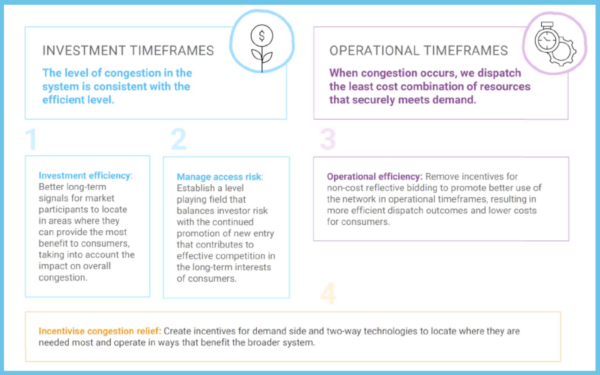
Image: AEMC
AEMO’s transmission access reform aims to protect generators from being “cannibalised” by providing priority access in investment timeframes, offering greater certainty on dispatch outcomes over the life of the asset.
It also aims to create incentives for demand side and two-way technologies to locate where they are needed most and operate in ways that benefit the broader system.
The AEMC said that without reforms solar and wind investments will face increased congestion and not be effectively utilised and renewable energy zones (REZs) may be undermined by generators located outside the zone “free riding” on investments intended for REZ participants
The commission also warned that energy storage technologies and flexible demand like green hydrogen will not be rewarded for congestion-alleviating behaviour and their use case will be diminished.
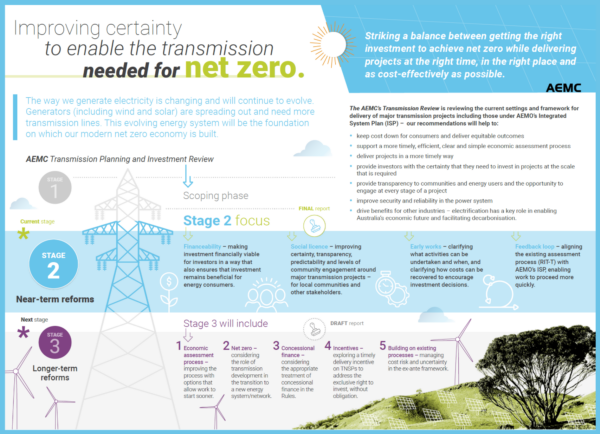
Image: AEMC
“Our proposed reforms aim to ensure that the right projects are built in the right locations, generating at the right times, benefiting both industry and household consumers,” Collyer said.
The AEMC’s hybrid model builds on reform work carried out by the former Energy Security Board (ESB) in consultation with investors, renewable developers, consumer groups, and other stakeholders.
This content is protected by copyright and may not be reused. If you want to cooperate with us and would like to reuse some of our content, please contact: editors@pv-magazine.com.
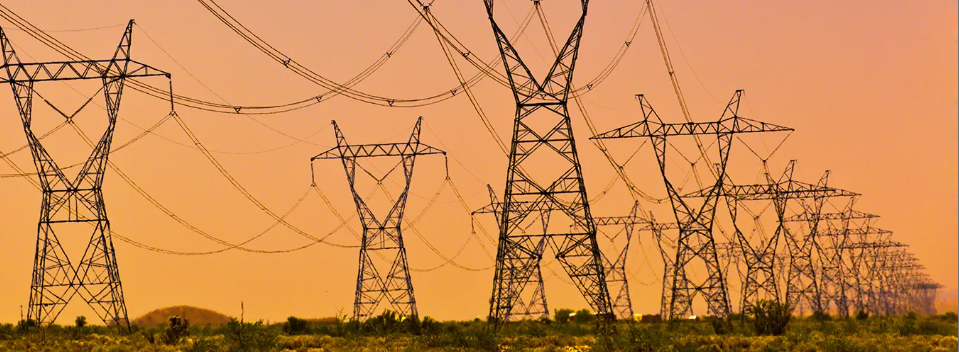
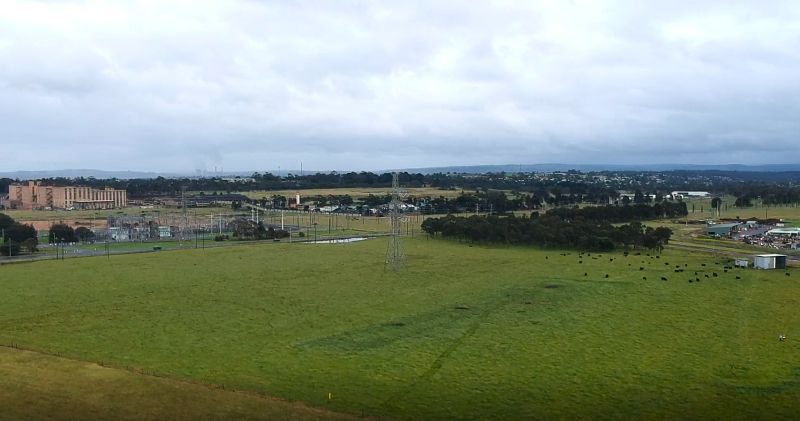




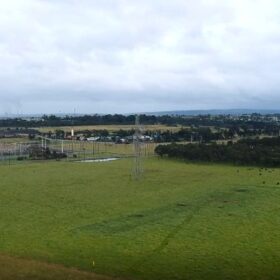
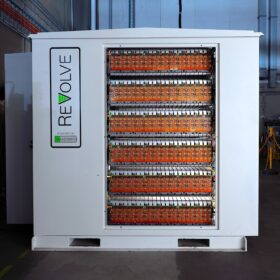
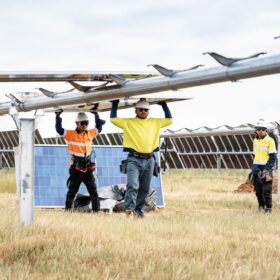
By submitting this form you agree to pv magazine using your data for the purposes of publishing your comment.
Your personal data will only be disclosed or otherwise transmitted to third parties for the purposes of spam filtering or if this is necessary for technical maintenance of the website. Any other transfer to third parties will not take place unless this is justified on the basis of applicable data protection regulations or if pv magazine is legally obliged to do so.
You may revoke this consent at any time with effect for the future, in which case your personal data will be deleted immediately. Otherwise, your data will be deleted if pv magazine has processed your request or the purpose of data storage is fulfilled.
Further information on data privacy can be found in our Data Protection Policy.